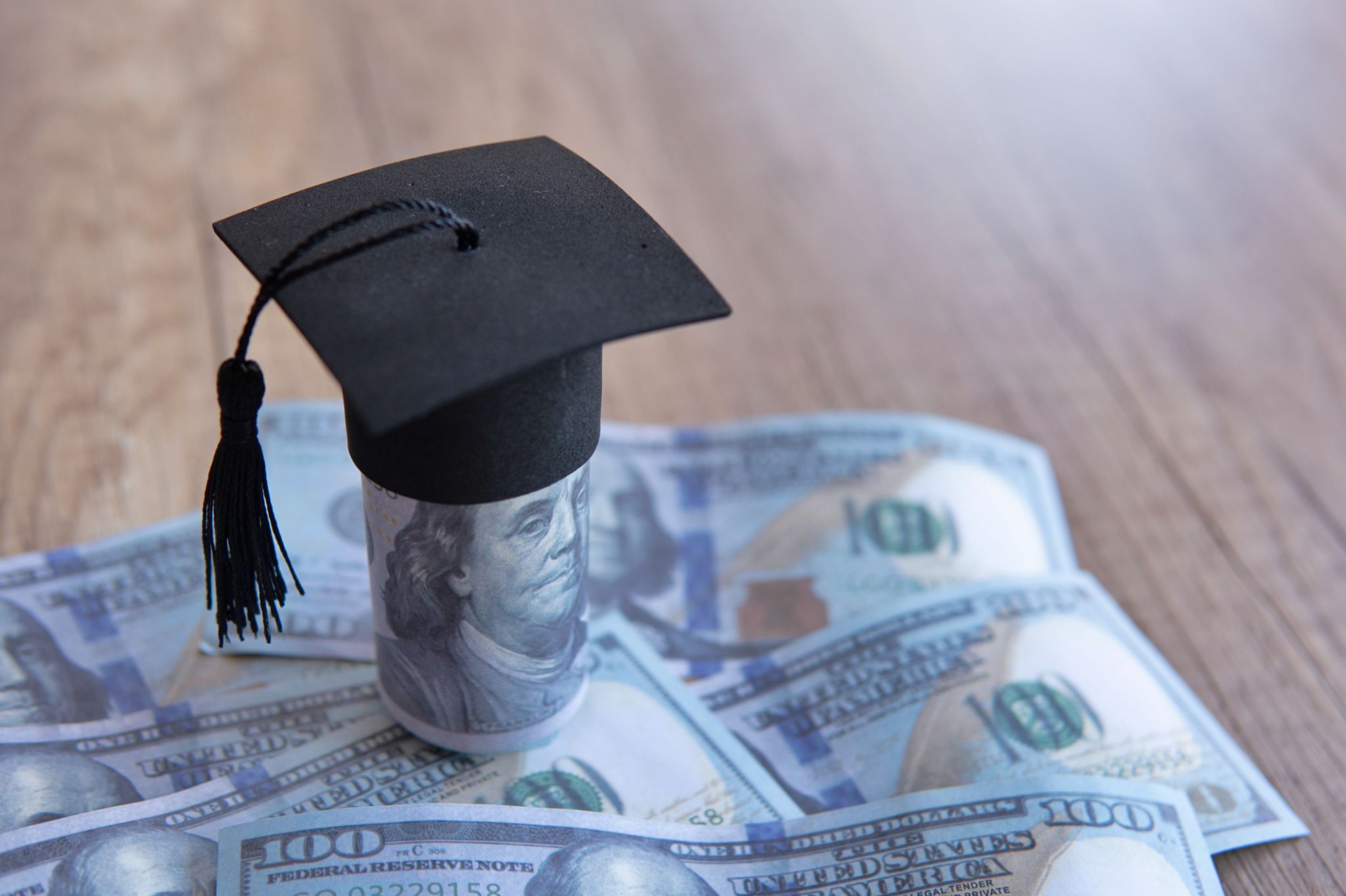Student Loan Forgiveness Programs: Exploring Your Options
Understanding Student Loan Forgiveness
Student loan forgiveness programs have become a beacon of hope for many borrowers overwhelmed by student debt. These programs can, under certain conditions, forgive all or part of your student loan debt, significantly easing the financial burden. However, understanding and navigating these options can be complex. In this article, we'll explore various student loan forgiveness opportunities and how you might qualify.
In the United States, student loan debt has reached staggering levels, prompting widespread calls for reform and relief. For those struggling to make ends meet while managing their loans, forgiveness programs offer a potential path to financial freedom. Let's delve into the different types of loan forgiveness available.

Public Service Loan Forgiveness (PSLF)
The Public Service Loan Forgiveness program is one of the most well-known options for student loan forgiveness. This program is designed for borrowers who work in qualifying public service jobs. After making 120 qualifying monthly payments under a qualifying repayment plan while working full-time for a qualifying employer, the remaining balance on your Direct Loans can be forgiven.
Qualifying jobs typically include roles within government organizations, non-profit organizations that are tax-exempt under Section 501(c)(3) of the Internal Revenue Code, and other types of not-for-profit organizations that provide certain types of qualifying public services.
Eligibility Criteria
- Work full-time for a qualifying employer
- Have Direct Loans (or consolidate other federal student loans into a Direct Loan)
- Repay your loans under an income-driven repayment plan
- Make 120 qualifying payments

Teacher Loan Forgiveness
For educators, the Teacher Loan Forgiveness program offers relief to those who work in low-income schools or educational service agencies. Teachers can receive up to $17,500 in loan forgiveness after five consecutive years of service. This program aims to encourage skilled teachers to work in schools that often struggle to attract and retain qualified staff.
To qualify, you must be a highly qualified teacher, which typically means holding at least a bachelor's degree and full state certification as a teacher. It's important to note that this program cannot be combined with PSLF for the same period of teaching service.
Steps to Apply
- Verify that your school is eligible by checking the Teacher Cancellation Low Income directory.
- Complete five consecutive years of teaching.
- Submit the Teacher Loan Forgiveness Application to your loan servicer.

Income-Driven Repayment Plan Forgiveness
Income-driven repayment plans adjust your monthly payment based on your income and family size. After you make payments for 20 or 25 years, depending on the specific plan, any remaining loan balance is forgiven. These plans include Income-Based Repayment (IBR), Pay As You Earn (PAYE), Revised Pay As You Earn (REPAYE), and Income-Contingent Repayment (ICR).
This type of forgiveness is especially helpful for those with significant debt relative to their income. While these plans can lower monthly payments, they may increase the total interest paid over time. However, the promise of eventual forgiveness can make them an attractive option for many borrowers.
Is This Option Right for You?
Consider your current income level and career trajectory. If you expect to remain in a low-income bracket or if your employment situation is unstable, income-driven repayment plans might provide necessary relief while keeping the possibility of future forgiveness open.
